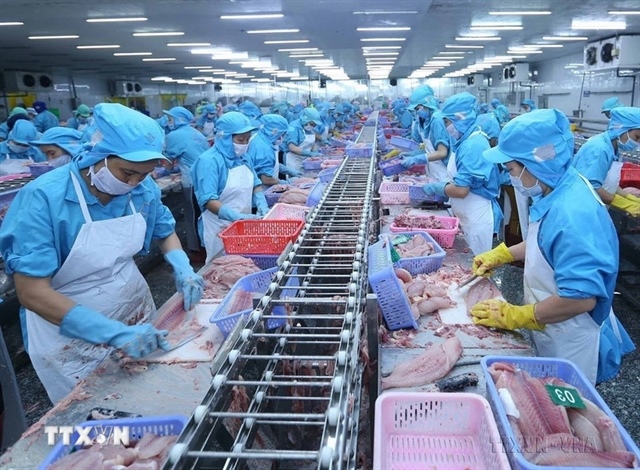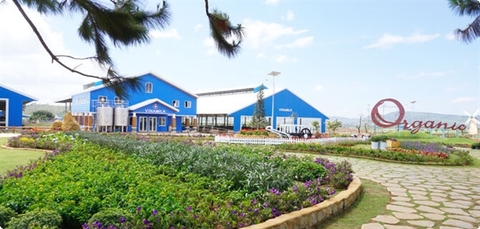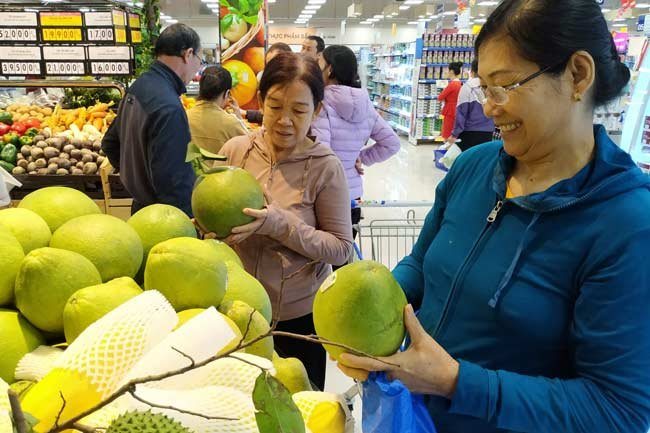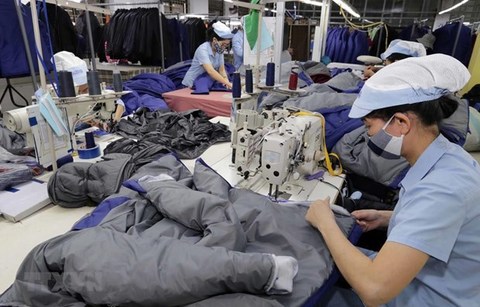Agro-forestry-fisheries exports post U$6b surplus
Agro-forestry-fisheries exports post U$6b surplus
Exports of agro-forestry-fisheries products enjoyed a trade surplus of an estimated US$6.04 billion in the January-August period, US$660 million higher than in the same period last year.
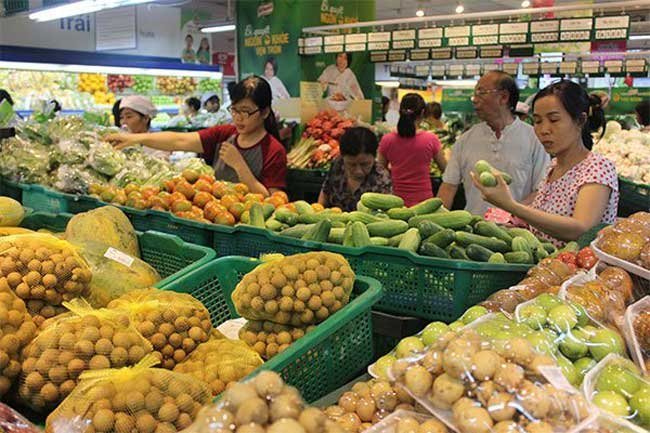
VietnamPlus, quoting data from the Ministry of Agriculture and Rural Development, pointed out that total imports and exports of these products in the eight-month period amounted to US$47.11 billion. Of this total, exports accounted for US$26.6 billion, up 1.6% year-on-year.
Forestry exports reported significant growth with a year-on-year rise of 18.6%.
The import turnover of agro-forestry-fisheries has dropped by over 9% this month against the previous month to US$2.4 billion. January-August imports of these products were pegged at US$20.54 billion, down 1.2%.
This has resulted in a trade surplus of US$6.04 billion in the period.
As for exports for this month alone, the turnover has picked up 5.1% to some US$3.64 billion.
Products with export values exceeding US$1 billion in the past eight months are coffee (US$2 billion), rubber (US$1.3 billion), rice (US$2 billion), fruits (US$1.96 billion), shrimp (US$2.1 billion), tra fish (US$1.33 billion) and wood and wooden products (US$6.66 billion).
High-value exports that posted growth in the period are rubber (up 7.8%), tea (up 22.7%) and wood and wooden products (up 17.5%).
According to the agriculture ministry, global trade is forecast to continue declining. Investment flows will continue to be affected by political risks, trade tensions between major economies and protectionist policies.
Exports of agricultural products face tough competition and an increase in trade barriers, particularly in China. Besides this, export prices for certain products are low.
To promote exports and expand markets, the ministry has asked the relevant units, localities and firms to focus on enhancing product quality and meet import requirements.
There will also be attempts to expand to new markets, promote farm produce, provide good conditions for crop production, control diseases affecting livestock, boost the farming of major aquatic products and work toward sustainable fisheries development.



